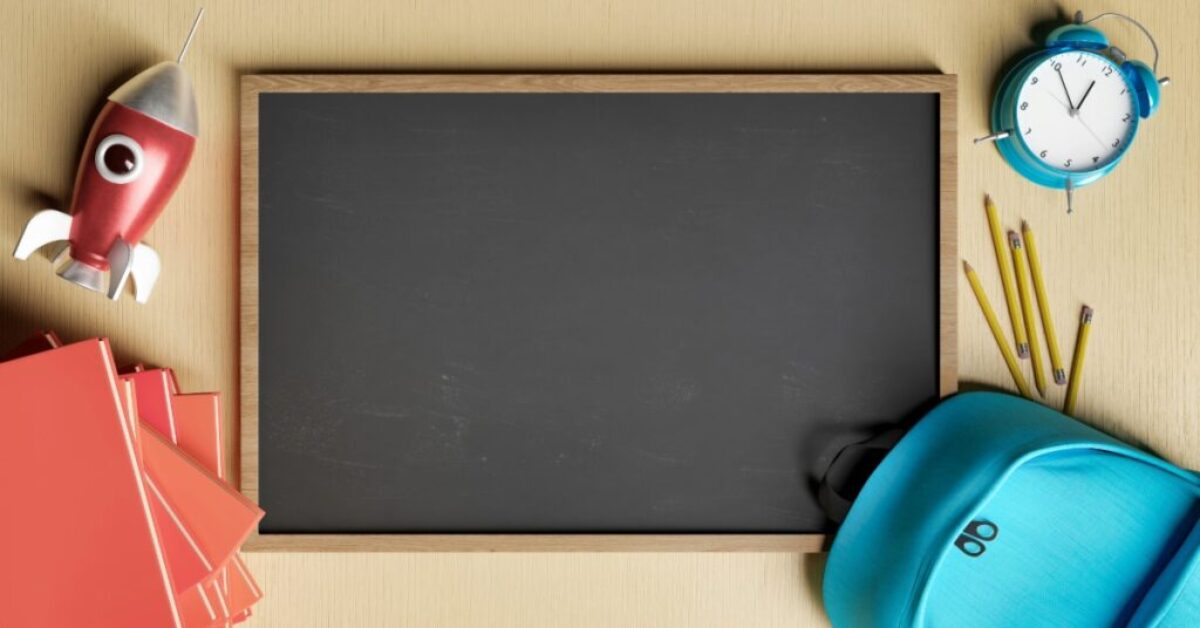If you’re a teacher, a writing group leader, or simply interested in coming at creative writing concepts from a teaching perspective, this article is for you. I’ve spent years bringing my author’s perspective on teaching writing to my workshops for schools, libraries, conferences and groups. I love chatting about what I’ve learned. Hope you find it helpful!
Revision isn’t usually the first thing we think of showing students when teaching creative writing. However, having worked in many classrooms over the years as a writing coach, I can tell you that “the revision question” is one of the first things teachers want to talk about. As in “how do I get my students to revise their work?”
From what I’ve experienced, there are usually two underlying issues that make revision so tricky in classrooms (ok—even sometimes for seasoned writers!):
- When a first draft is done, students are also done—as in done with it. It was hard work to get to THE END of their story or assignment. Let’s move on already! (Like I said, even more experienced writers can feel this way when they finish a draft!)
- What exactly is revision? How do I show it/model it in a classroom or group setting?
I’d like to share my basic plan to get you thinking about how you might incorporate a session on revision in your classroom when teaching creative writing. (Note that the following is written with young students in mind, but you can adapt it for your particular age or group context.)
Creative Writing Teaching Ideas: Revision in the Classroom
First: when I say “revision” I’m not talking about proofreading, fixing typos or addressing writing mechanics. That comes after revision in my own writing process when I give my (final) revised draft a good polish. Rather, revision is a part of the creative writing process. It’s the step where we take a piece of writing and make a series of improvements. These can be big changes, like modifying or taking out a character. It also includes smaller changes like adjusting word choice and sentence structure—not necessarily to satisfy grammatical rules, but to better convey the vision in the writer’s mind. It’s a good idea to make the distinction between “revision” and “mechanics” before getting started.
Here are my four best strategies and tips to get your group to practice revision.
- Even small changes represent revision success! This mindset will create the conditions in which revision can and will actually take place, even among your most reluctant writers. It also reflects the authentic revision experience: revision is something that is usually done in a series of sweeps and read-throughs, not all at once. So, if your students begin by adding a stronger word here and inserting a more descriptive (or more concise) sentence there, then they are revising their work. They’ve just made their draft better than before!
- Don’t erase—replace! I’m a big advocate of honouring the fact that writing is a process. Have your students add brief notes, cross out words, use arrows to show where sentences might be swapped directly to their drafts rather than erasing their original work or starting a fresh copy at this stage. That way they have evidence of their evolving story. Depending on how you’re working on your stories, you might consider making photocopies of everyone’s first draft that they keep in a writing folder. Students can mark up the photocopy but still have their original draft.
- First, model revision yourself. This is the best way to get #1 or #2 above to work! Show your students the process before letting them loose on their own stories. I project a very raw draft story snippet upon the classroom whiteboard, something that I myself have written. Then I ask the group to help me revise. Sometimes the feedback flies at me without prompting. But I tend to do a bit of guiding: What do you like about the story? Can you suggest a better word for…? How can we add to the atmosphere–what do you see and hear… etc., etc. All the while: I take down their feedback in the form of notes right beside the text. I also cross out words we decide to replace and add the new ones above. I scrawl in brilliant new sentences and use arrows and messy squiggly lines to show where everything will eventually go. Everyone can see what revision physically looks like, and absorb the kinds of changes revision entails. Afterward, you can invite your students to take the same (or some of the same) steps with their own drafts. Depending on the age or current writing ability in your group, you might simply challenge your students to find three words to cross out and replace with more vibrant ones…then maybe a few more changes the next day. Voila–revision is underway!
- Insert (or keep) typos in the story snippet you show your students. (This is a bit of a fun one). I guarantee that writers of almost any age or stripe will notice the errors and want to correct them as a first measure. Thank them for finding the errors, and definitely acknowledge that this is an important thing to fix…but then talk about how revision isn’t the same as proofreading. Promise that they can fix the typos at the end. Remind them that in revision, we might be taking out entire paragraphs, so spending time correcting typos isn’t the first thing we do. It’s also a good lesson about what revision is and isn’t…and…it gets them eager to tackle spelling at the end (bet you didn’t see that coming!)
Afterward, you can re-type the snippet, incorporating student feedback and maybe a few of your own changes. Share it again at another time, comparing it to the original. Reflect together on how spending time revising makes a story better. In fact, it makes it come to life.



